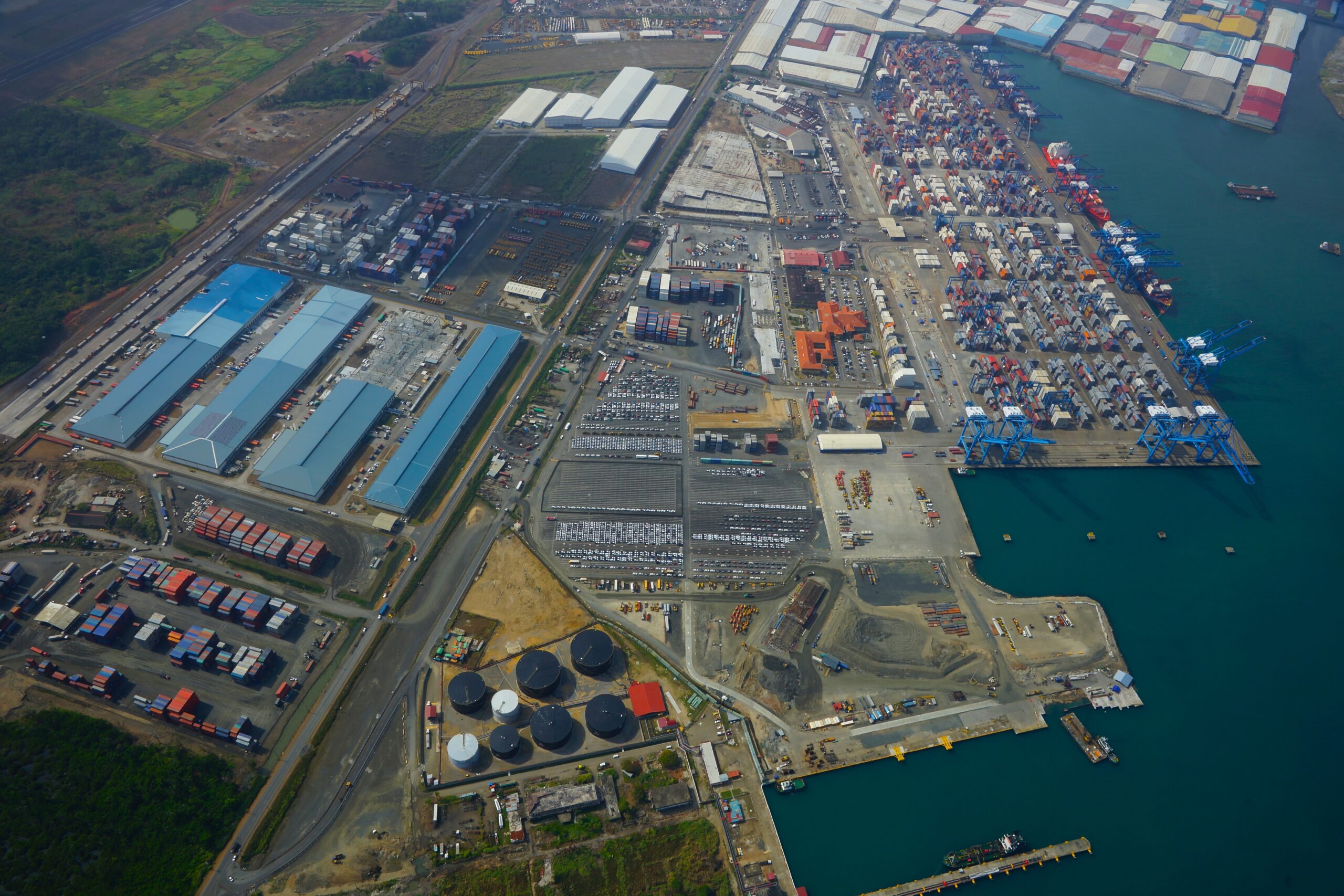Free Trade Zones: Tariff Remedy For International Shippers?


What happens if a U.S. importer loses $1.8 million in profits simply because goods passed through American ports on their way to Latin America? That scenario may become reality as Trump’s “Liberation Day” tariffs take effect- originally set for April 2, now delayed until June. With 10% slapped on all imports and 25% on vehicles and auto parts, businesses are staring down rising costs, shrinking margins, and supply chains in disarray.
“We talk to clients every day who are paying tariffs twice, once in the U.S. and again at the final destination, for goods that don’t stay here,” says Richard Wohlrab, VP of International Logistics at Mariner, a 30-year veteran of global trade. “An additional 20% or 25% duty rate is unsustainable. It’s killing businesses”.
While some shippers resort to quick fixes like rerouting cargo or absorbing costs, others are taking a more strategic approach, like Free Trade Zones (FTZs). FTZs, which are designated manufacturing or storage sites approved by the U.S. government, are emerging solutions to remedy the aftermath of the latest tariff announcement.
The Tariff Chaos: Shippers Under Siege
Trump’s tariffs, rolled out in April 2025, have hit shippers like a tidal wave. The National Association of Foreign-Trade Zones (NAFTZ) reports FTZ membership surging to an all-time high, with giants like TSMC and BMW racing to shield operations.
Smaller companies, once deterred by FTZ setup costs, are now crunching numbers as tariffs soar, says Jackson Wood, director of industry strategy at Descartes Global Trade Intelligence. A 2025 OECD report estimates that a 10% global tariff hike could raise trade costs by $400 billion annually.
The chaos is real. Last month, trucks jammed the I-35 corridor from Mexico as shippers rushed to beat tariff deadlines, clogging borders and spiking freight costs. Jose Guerrero, director of U.S. customs operations at Uber Freight, saw “extraordinary volumes” of northbound trucks, with some importers holding back shipments and others scrambling to avoid disruptions.
“Shippers are adjusting strategies in real time,” he told FreightWaves. Stopgaps like airfreighting goods or nearshoring are too slow or costly to keep up.
“Clients are cautious, ordering only what’s necessary until the dust settles,” Wohlrab says. “We’ve been through this with the 2018 China tariffs, but this time, it’s a whole new level of pain”. Jordan Dewart, president of Redwood Logistics Mexico, notes a surge in FTZ inquiries, signaling shippers’ fears that tariffs could linger long-term.
FTZs: The Game-Changer Nobody Saw Coming
Here’s where FTZs flip the script. Panama’s Colon Free Trade Zone, moving $33 billion in goods for Latin America, and Dubai’s Jebel Ali, a hub for 7,000 companies, are tariff-proof powerhouses. Ireland’s Shannon Free Zone, a pioneer since 1959, shields tech leaders like Intel Shannon Group. In the U.S., FTZs span all 50 states, hosting heavyweights like Pfizer, which used a Michigan zone for COVID-19 vaccines.
Wohlrab’s clients prove FTZs are a no-brainer. “We had a client sourcing electronics from Malaysia, shipping most to the Middle East via the U.S.,” he says. “We set up a Free Trade Zone in Jebel Ali, Dubai. Now they ship direct from Malaysia, pull goods only when needed, and cut costs and delivery times in half.”
Another client dodged a tariff hit by rushing an $800,000 aircraft engine from Canada to the U.S. before deadlines. “If you’re bringing in $50 million in components and exporting half, you should absolutely be in an FTZ,” Wohlrab urges. “Otherwise, you’re paying a penalty on your own efficiency”.
Jeff Tafel, NAFTZ president, says FTZ inquiries are “two to four times higher” since Trump’s tariffs. “Companies are waking up to the reality that tariffs aren’t a blip—they’re the new normal,” he told fDi Intelligence. “The tariffs were a wake-up call,” Wohlrab says. “Companies realized how vulnerable their supply chains are to political risk. FTZs are how they take back control”.
Global Stakes: FTZs as the Ultimate Hedge
This isn’t just a U.S. fight; it’s global. The EU and Ca.nada are forging trade alliances like CPTPP or CANZUK, while the EU-Mercosur deal aims for a 700-million-person trade zone to counter Trump’s tariffs. But alliances take years; FTZs deliver now. A client in Panama’s Colon Free Trade Zone saved 20% on duties for $40 million in textiles, outpacing rivals stuck paying U.S. tariffs. Another in Shannon cut costs on aviation parts, winning contracts while competitors scrambled.
“FTZs let you play offense while others are stuck playing defense,” Wohlrab says. Melissa Irmen, NAFTZ’s director of advocacy, puts it bluntly: “CFOs, CEOs, and COOs are all talking tariffs now. FTZs are their edge”. Without FTZs, shippers risk losing market share. A Deloitte study predicts firms using tariff-avoidance strategies like FTZs could boost margins by 15% by 2027.
Your Move: Build a Tariff-Proof Future
The tariff war is here to stay, and shippers can’t afford to sit on the sidelines. FTZs are your shot to outsmart duties, protect profits, and surge ahead of competitors.
“We don’t just consult; we execute,” Wohlrab says. “We’ve set up FTZs from Dubai to Panama, cutting landed costs, speeding delivery, and winning customer loyalty”. Every day you delay is a day rivals gain ground.

